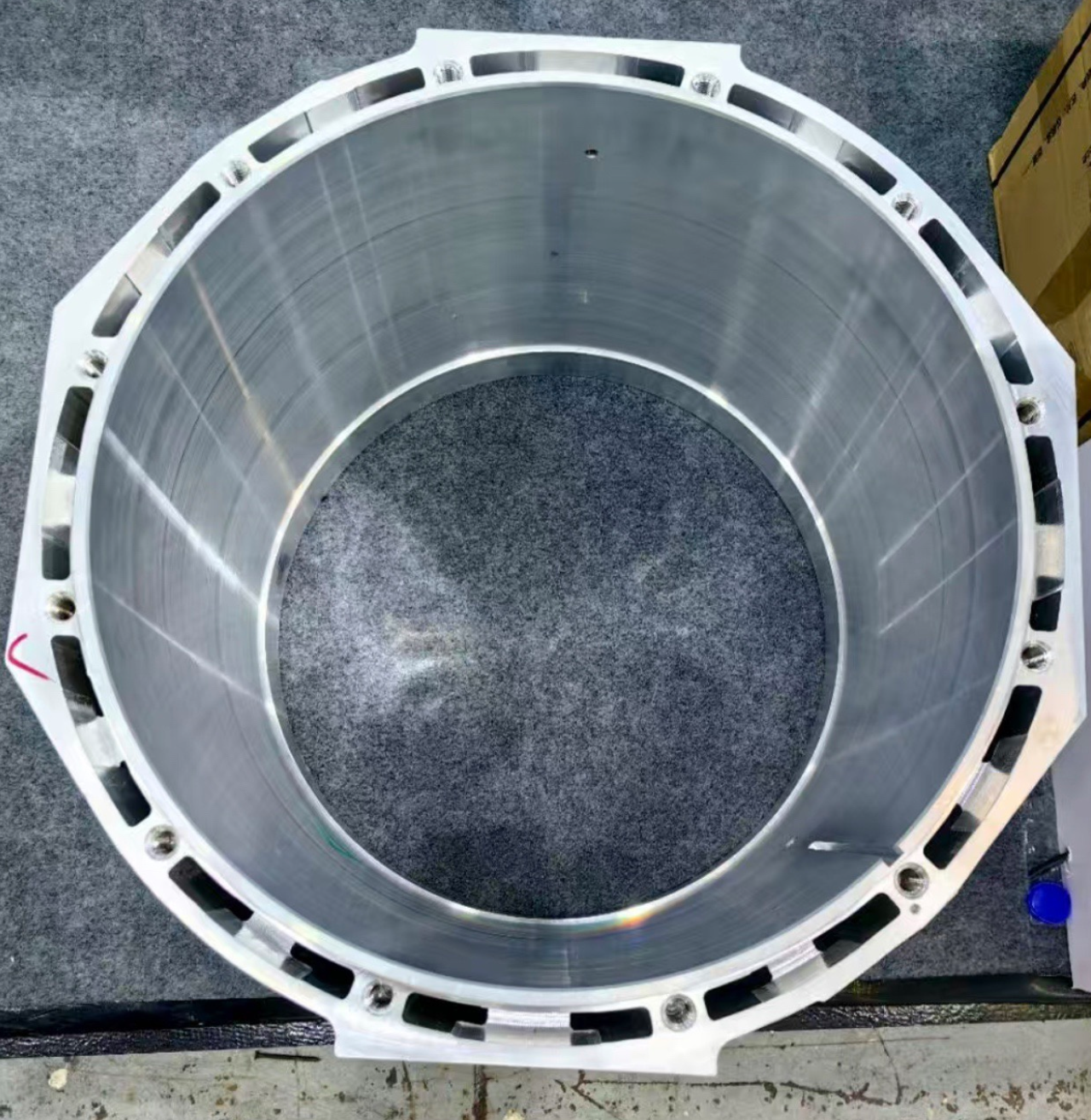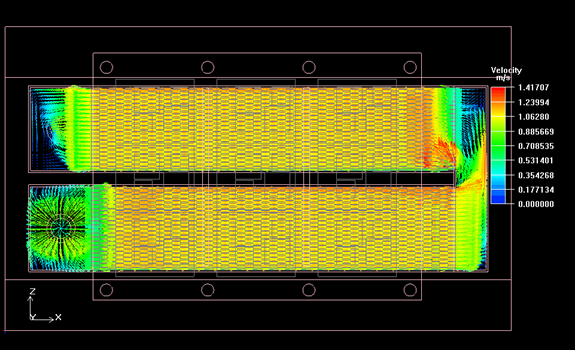The liquid cooling plate is a specialized equipment utilized for heat dissipation, commonly employed in high power density applications such as electronic components, LED lighting and lasers. In the design of the flow channel of the liquid cooled plate, various factors including fluid dynamics, heat conduction and material mechanics must be taken into consideration.
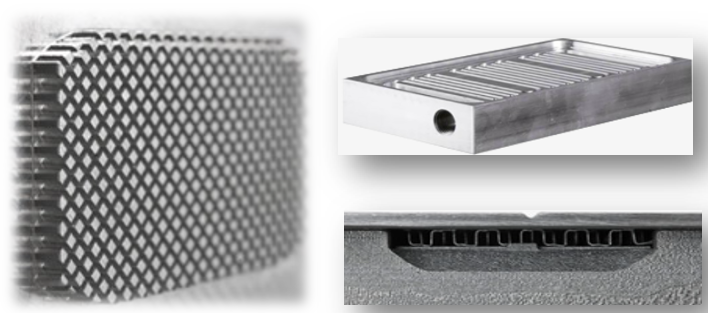
The liquid cold plate flow channel design involves several critical steps:
1. Revised sentence: Determine the liquid flow rate and inlet/outlet location based on factors such as heat dissipation requirements, equipment size, working environment, and other relevant considerations.
2. Design the flow channel geometry, as it can significantly impact both liquid flow velocity and heat conduction properties. Common runner shapes include linear, meander, rectangular, trapezoidal, among others.
3. The flow performance of the channel can be optimized through numerical simulation or experimental testing, with objectives typically focused on maximizing heat conduction and minimizing fluid pressure drop.
4. Consideration should be given to the material and manufacturing process of the flow channel, as it has a significant impact on the cost, reliability, and manufacturing complexity of the liquid-cooled plate. Common materials for flow channels include aluminum alloy, copper, stainless steel, etc. Additionally, processing technology is also an important factor to consider when designing flow channels; techniques such as brazing or friction stir welding require different structural designs.
We prioritize flow channel design and production through various methods :
How to liquid cold plate flow channel design :
Craft the water channels on the board with precision to ensure a uniform flow of water throughout and an efficient dissipation of heat. The optimization of these channels can be achieved through the use of fluid dynamics simulation software.
This is a standard horizontal pattern type with a concise waterway design:
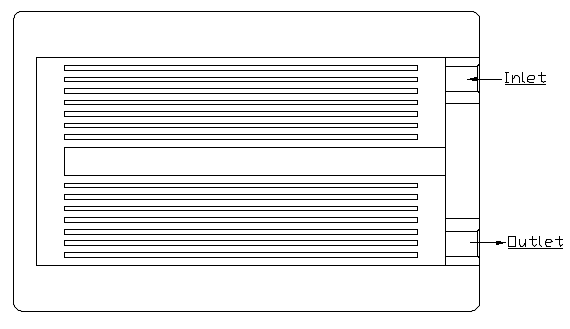
The rectangular design method is conducive to the flow of liquid in the process of no vortex phenomenon.
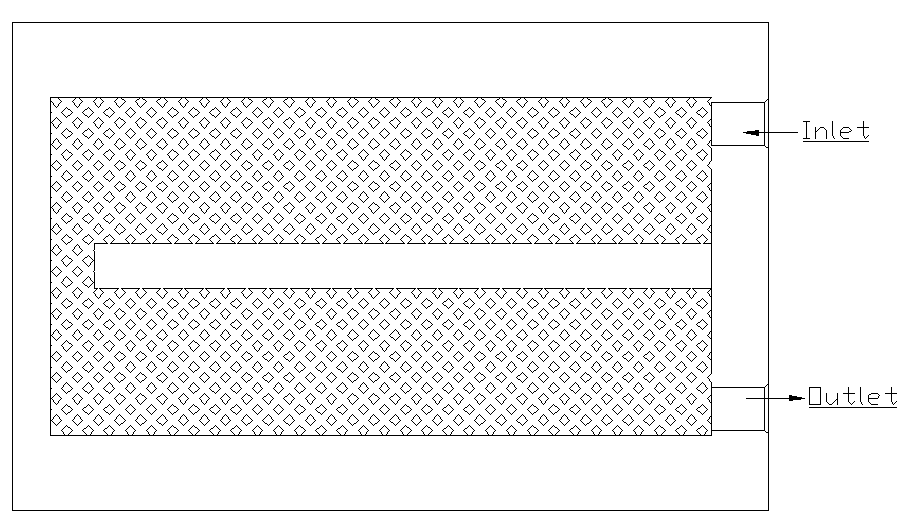
The regular rectangular flow channel is highly conducive to the process of friction stir welding.
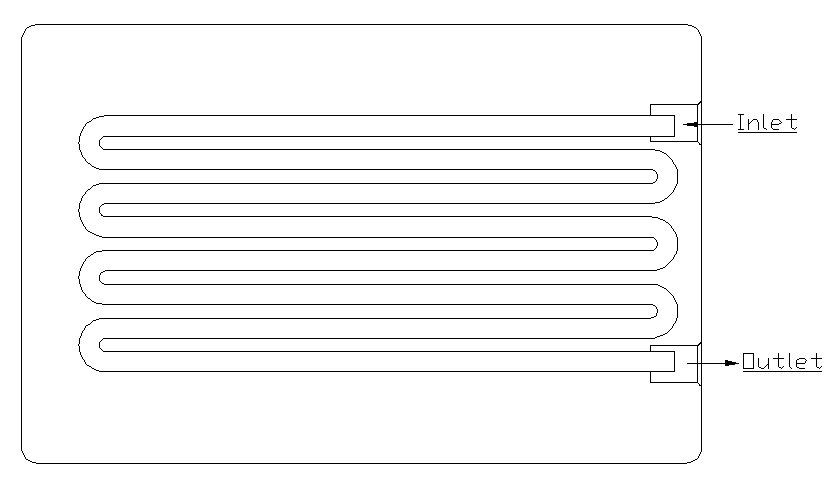
The channel generated through the fin folding process is well-suited for production via brazing.
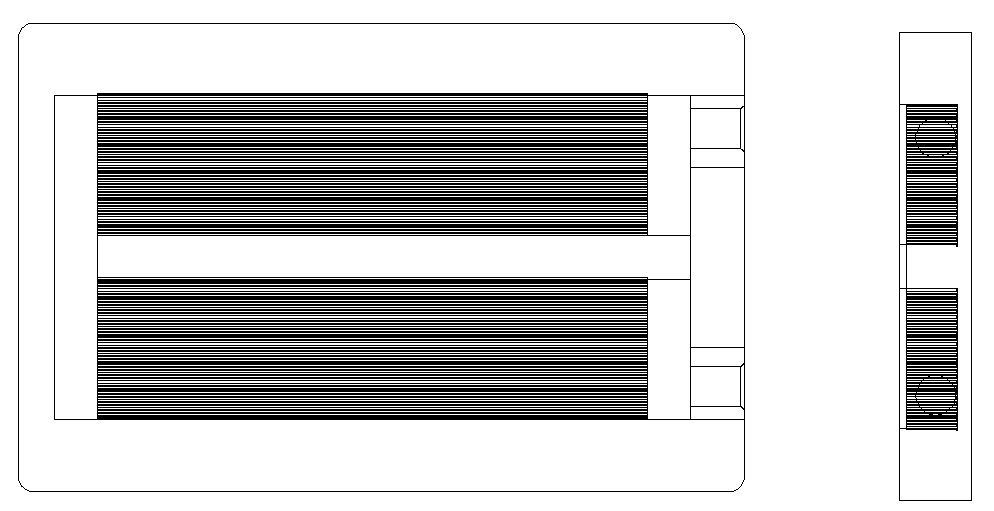
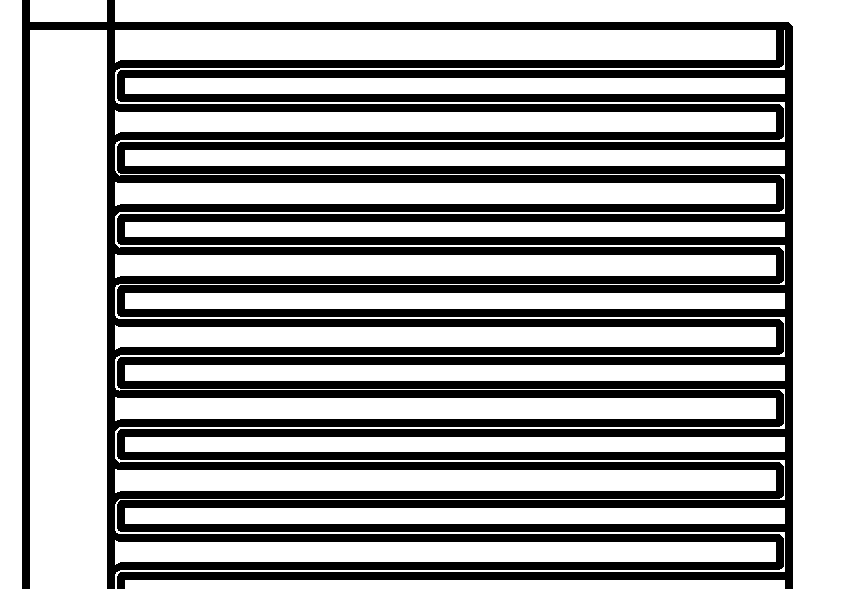
Therefore, when designing any type of liquid cooling plate, it is necessary to carefully select different types of flow channels in order to achieve optimal cost performance. Factors such as water pump flow resistance and the external structure of the cooling plate (including installation methods for various heat sources and chip hole positions) must all be taken into consideration.

